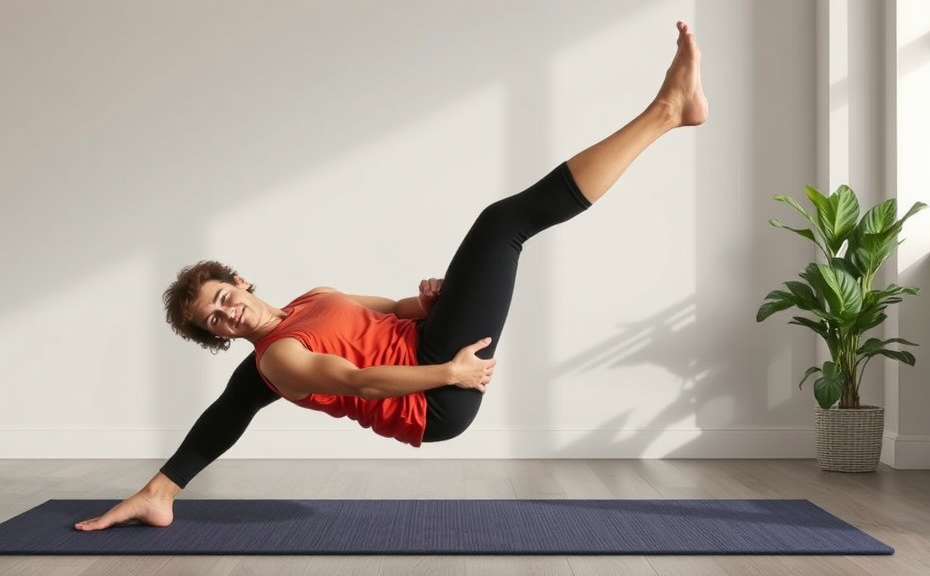In an increasingly sedentary world, ergonomic stretching exercises have emerged as a vital practice for maintaining physical well-being. These targeted stretches are designed to alleviate discomfort and reduce the risk of injuries associated with poor posture and prolonged sitting. Incorporating ergonomic stretching into your daily routine can foster better mobility, increased flexibility, and enhanced overall health.
One effective approach to ergonomic stretching exercises is focusing on the areas most affected by extended periods of inactivity. Key muscle groups include:
- Neck and Shoulders: Gentle neck rolls and shoulder shrugs can relieve tension built up from hunching over screens.
- Back: Incorporating seated twists and child’s pose helps to stretch the spine and alleviate lower back pain.
- Wrists and Hands: Wrist flexor and extensor stretches can prevent hand and wrist discomfort arising from repetitive motion on keyboards.
- Hip Flexors: Lunges are excellent ergonomic exercises that open up tight hip flexors from sitting for long periods.
Engaging in these exercises does not require a significant time commitment—mere minutes throughout the day can yield substantial benefits. For optimal effectiveness, aim to integrate ergonomic stretching exercises into your work routine. Set reminders to stand and stretch for a few minutes every hour.
Additionally, consider the ergonomics of your workspace. Ensuring your chair and desk promote good posture can enhance the benefits of your stretching regimen. Invest in ergonomic furniture and tools that support your body while you work.
In conclusion, the practice of ergonomic stretching exercises serves as a proactive strategy to combat the ill effects of a sedentary lifestyle. By prioritizing these stretches, individuals can boost their physical comfort and pave the way for a healthier, more active life.
